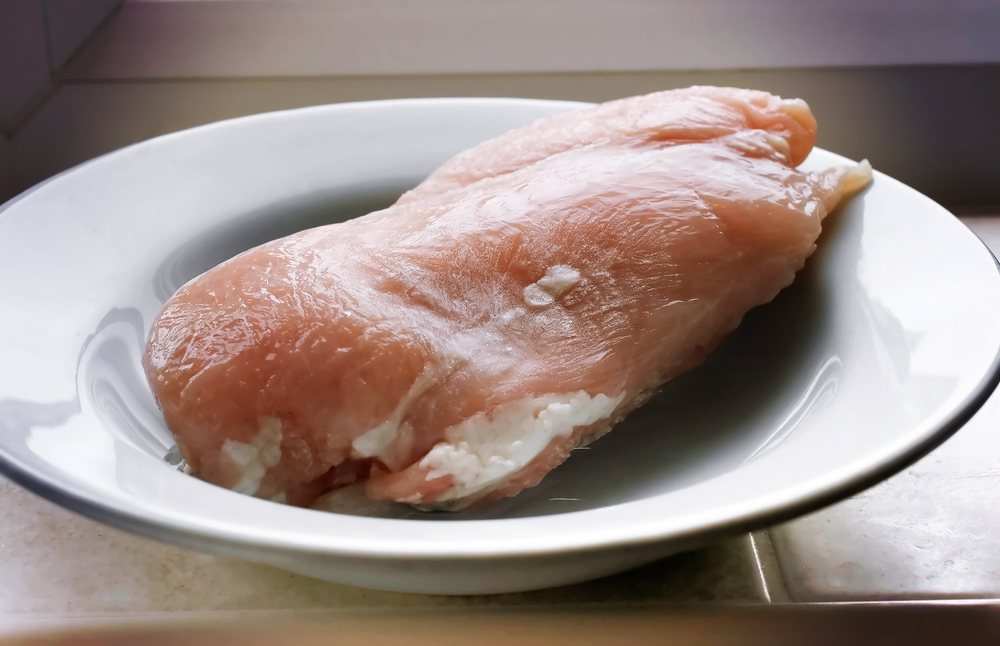12 Food Safety Mistakes You’re Definitely Making In The Kitchen

Thawing food on the counter
It might be one of those old tricks passed down from one generation to another, but this doesn’t make it any less dangerous to your health. Frozen foods should be thawed in the refrigerator, where there’s a constant temperature of – 40 °F (4 °C) or below. Defrosting it at food temperature will only help bacteria to grow and put you at risk of foodborne illnesses.
Captain’s tip: The refrigerator was created for a reason: to keep food in one piece and safe to eat. If you want to defrost something, plan ahead. It will take one night only for smaller pieces of food to defrost while larger ones like a whole chicken might require two or more days. According to the USDA, bacteria are less likely to grow at these colder temperatures, which makes defrosting in the refrigerator a lot safer than at room temperature.
“Transfer frozen ingredients to the fridge to let them gently and safely defrost. Before you do so, move the items into a pan, bag, or bowl to catch any drips,” McManus suggests. To avoid the frozen food dripping onto other items while defrosting, put it on the bottom shelf of your fridge.
Check out these 10 Things in Your Freezer You Must Throw Away NOW!
